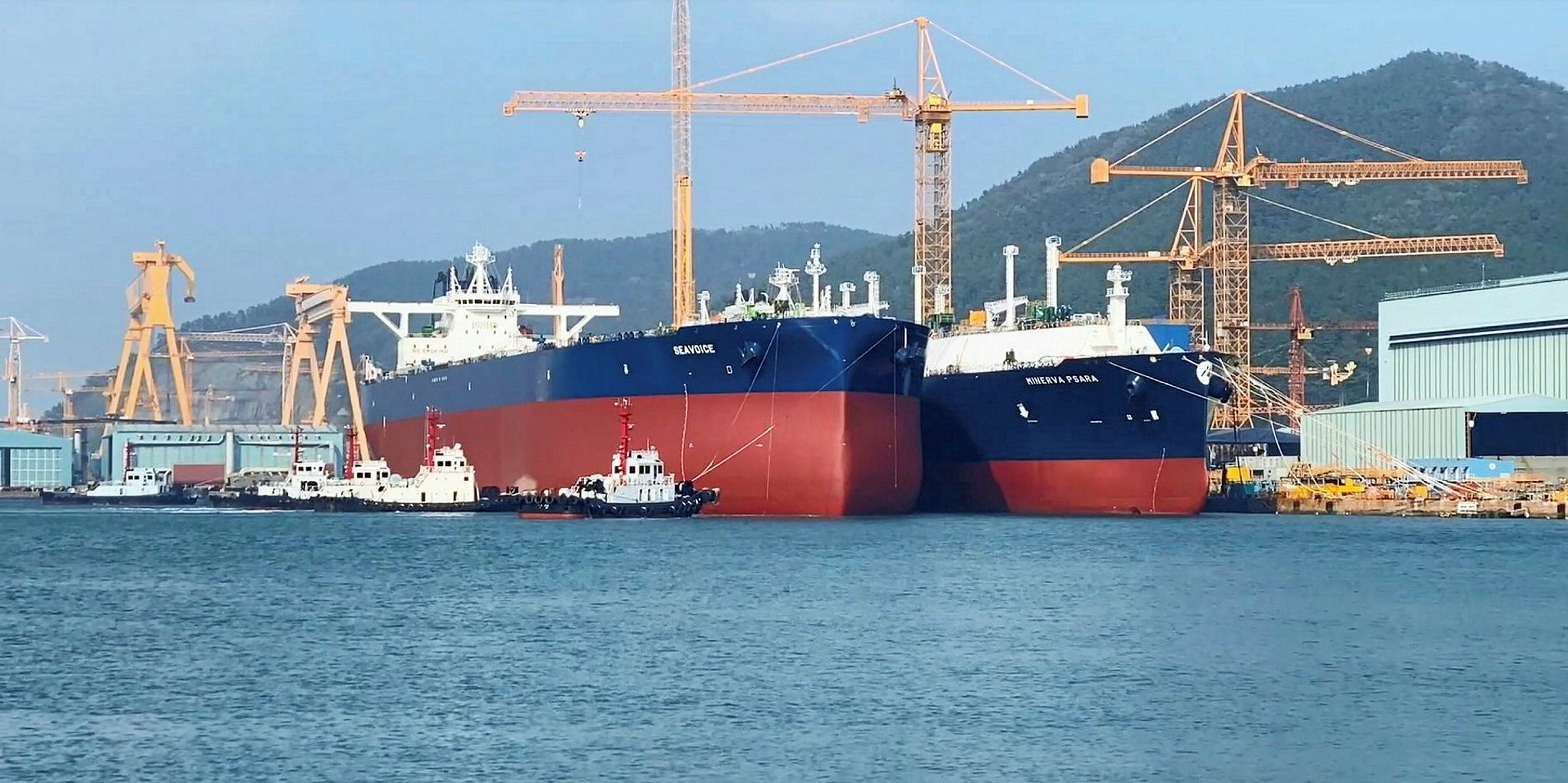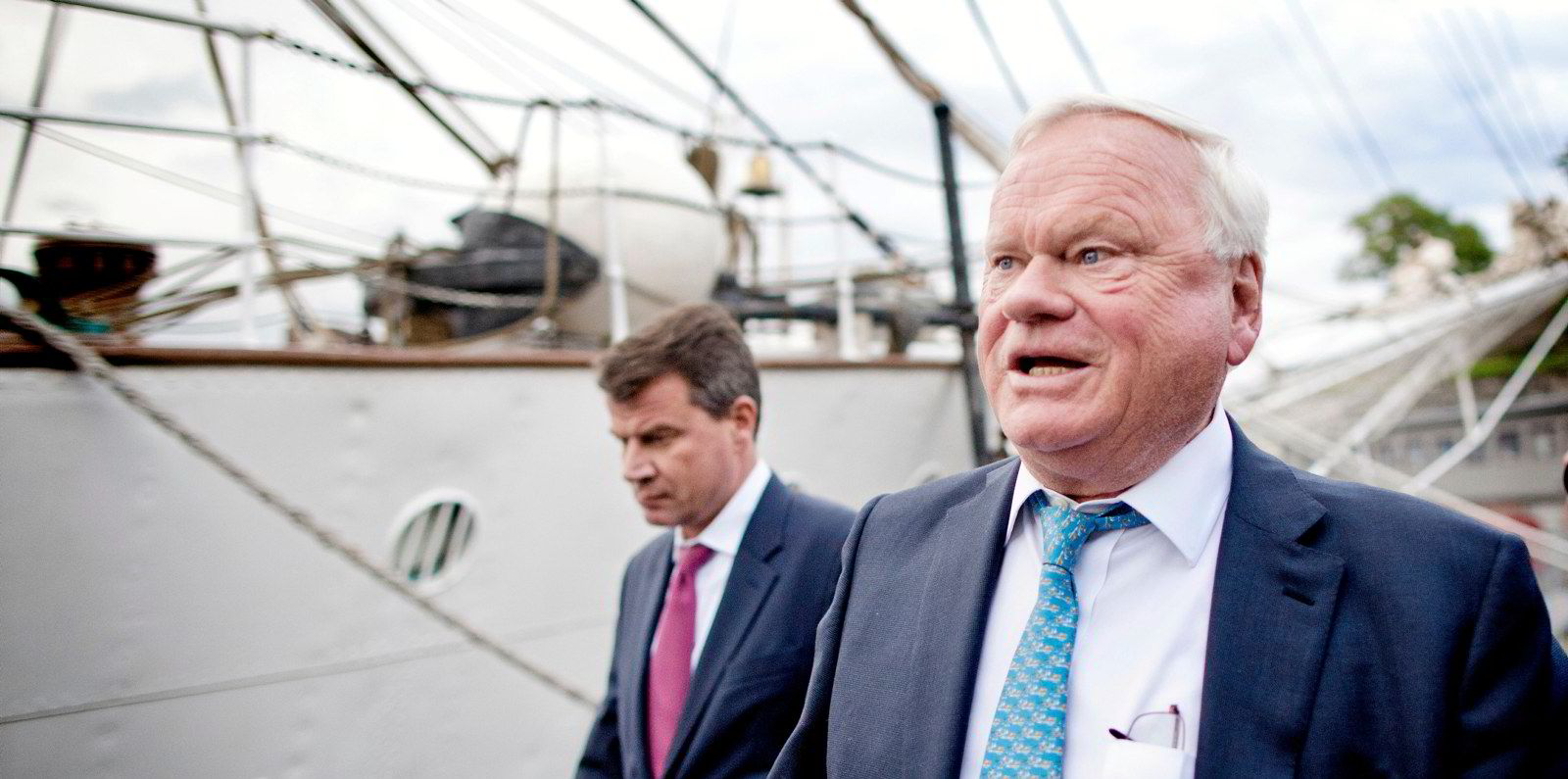Growth in the crude tanker fleet is likely to hamper earnings potential as markets recover, a new report has warned.
In their fourth-quarter forecast, VesselsValue and maritime consultancy ViaMar argue that new ships joining the fleet will be more than enough to cater for oil volume rises until the end of 2022.
The companies note that overall vessel ordering activity is continuing at a strong pace, but is lower in gross tonnage terms compared with the first and second periods.
New containership contracts are running at levels only surpassed by those in 2007, but tanker and bulk carrier ordering has dropped.
"In the third quarter, new ordering for tanker vessels has slowed down considerably and to a low level not seen in a single quarter since 2011, which bodes well for the future supply and demand balance," VesselsValue and ViaMar said.
The report forecasts "significantly better" earnings ahead, but cautioned that the growth of vessel supply throughout this year means "a longer path to full recovery for rates".
Three years of growth?
The companies are still expecting better earnings through to 2024, however.
UK shipbroker Clarksons lists 74 VLCCs at yards for delivery out to 2023, compared with an operational fleet of 846.
There are also 51 suezmaxes under order, against 626 in service, and 90 aframaxes, versus 1,073 in the active fleet.
VesselsValue and Viamar said: "Despite the weak spot markets, ordering activity remained firm in the first half of the year, with volumes in deadweight terms only surpassed by the first half of 2015, when average VLCC rates were close to $60,000 per day."
This compares with spot rates of $15,000 for eco ships now.
The report said continued expectations for the return of Opec barrels for export and consumers' return to normalised mobility should keep tanker markets busier than ever in the years to come.
The higher oil price and recent disruptions in production have led to speculation that Opec could increase its output faster than its plan of an extra 400,000 barrels per day.
"If so, short-term prospects for the markets would improve," VesselValue and ViaMar said. "Seaborne flows have nevertheless continued to grow in the quarter with the gradual return of Opec volumes and demand for oil improving."
Two-decade nadir

But they added that fleet expansion will limit how high rates can go in the short term if Opec sticks to its target.
Benchmark spot tanker earnings for 2021 will be their lowest in 20 years, highlighting the effect that Covid-19 and Opec cuts have had on the sector, the report said.
But VesselsValue and ViaMar believe slow steaming could help boost earnings from 2023 as owners try to reduce their output of greenhouse gases.
"The second half of 2021 and 2022 are forecasted to return strong growth from the low base of 2020," the companies said. "This will coincide with returned mobility and post-pandemic fuel demand."
They see improving sentiment in the tanker market, with some small signs of rate increases across sectors.
"But we are again entering a new quarter at low earnings levels," the companies said.






